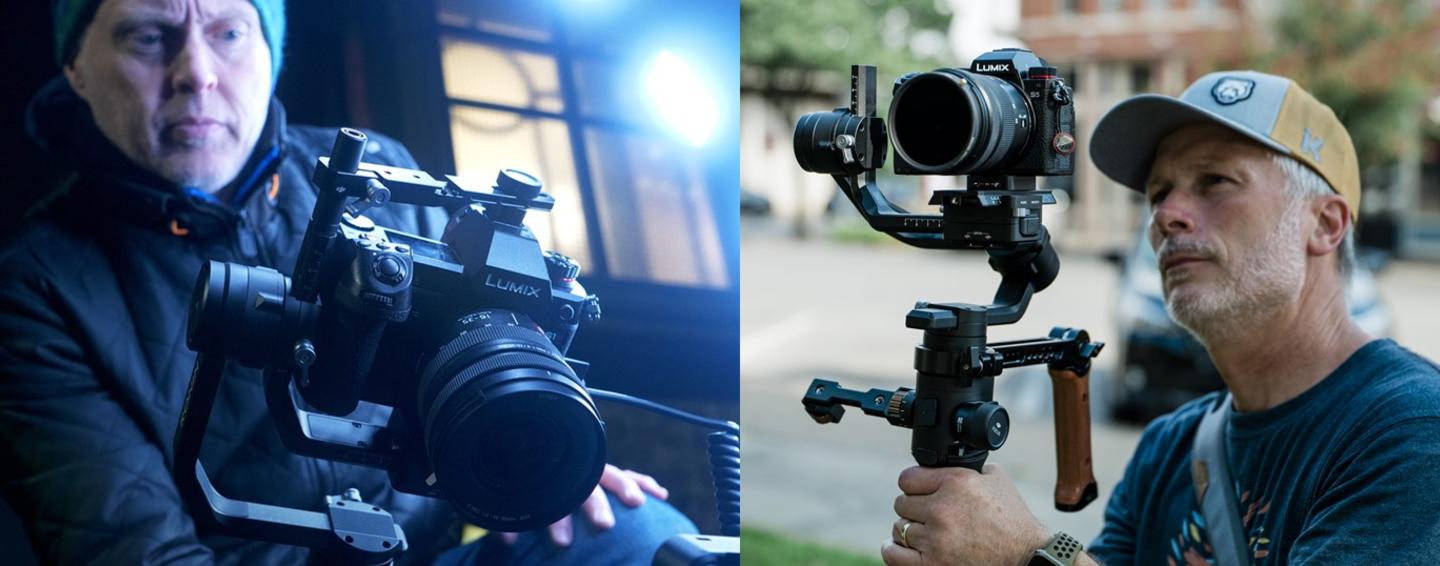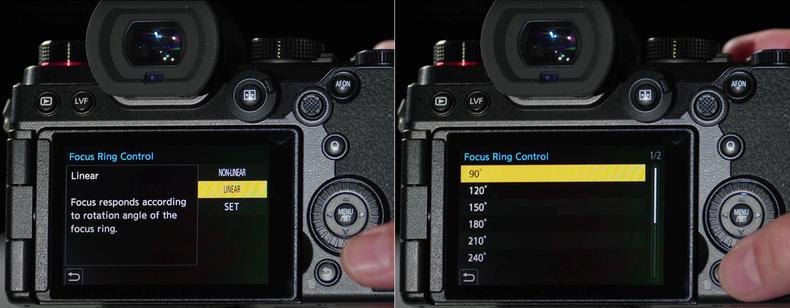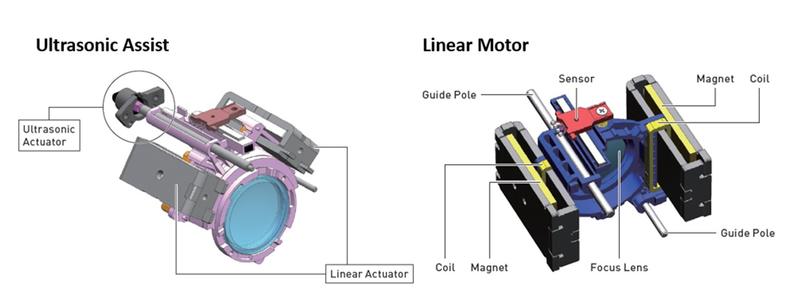S Series lenses: More than just a photo lens - a cinema and video powerhouse

S Series Lenses
More than just a photo lens: A cinema and video powerhouse
Many camera brands still build their lenses as if still photography is their only purpose. Today, customers use their cameras to capture everything in motion, from school recitals and wedding ceremonies to cinematic YouTube videos and commercial work (and yes, for still photography, too). Panasonic S Series lenses include many of the most desired video and cinema features without compromising photo quality.
Focus breathing, focus throw, silent AF motors, parfocal: 15 years ago, DSLR shooters had no need for these videocentric features. Today, however, they are critically important to the video creator. Unfortunately, many lens companies still ignore these important features in their designs. At Panasonic, though. these are minimum standard features in the S Series lenses.
Focus breathing occurs as you “rack focus” from one subject to another while shooting video. And you change focus points, the angle of view of the lens changes (literally the focal length changes as you focus) and it makes the image look like it’s breathing. Panasonic lenses use many techniques to reduce or eliminate breathing – through the inclusion of multiple moving elements. as the focus element moves and creates a focal length change, another element moves to correct the breathing before it can become a problem.
Focus throw is a fancy way to say “how many degrees do I need to turn the lens to get me from focusing on a subject that is close to the lens to focusing on a subject that is far from the lens (from focus to infinity).”
In photography, unless you are shooting macro photos, people want fast manual focus. So lens manufacturers give most photo lenses a 90-degree rotation to get you from close to far. With the invention of focus-by-wire systems with non-linear throws, lenses could be designed with no real angle of rotation at all. Getting from close to far can be made exponentially faster if you turn the focus ring quickly (short throw) or longer with a slow turn (long throw). While these traits are desirable in photography, they can be frustrating for video. A 90-degree rotation simply doesn’t provide enough granularity to allow for consistent focus changes from subject-to-subject. Focus by wire systems that are non-linear can be a total nightmare for pulling focus since you have no idea what the rotation speed will do; you cannot consistently change your focus.
To address these issues, all Panasonic S Series lenses offer 2 options for programming the behavior of our focus-by wire lenses. You can select if you want the lens to be non-linear (focus speed optimized) or linear (set degree of rotation). For video you will want linear.
You can also program how many degrees it takes to go from near to far. If you are shooting slow-motion footage with no focus puller, you might want a short throw of 90 degrees to get from near to far quickly. If you have a focus puller and are executing a long, slow focus pull of a dining table, you might want a throw of 360-degrees. You can tailor the throw to your liking.
With select Panasonic S Series lenses, a third option for manual focus is available: a focus clutch mechanism. If you’d like the simple behavior of a mechanical focus SLR lens, the focus clutch allows you to engage a simple 90-degree rotation that mimics the behavior of a classic SLR lens.
Many DSLR video shooters have learned the hard way that their lenses autofocus motors are noisy. It’s amazing how even a lapel mic across a room can pick up these sounds and ruin your video. All S Series lenses are silent in operation, thanks to clever sound isolation and the use of quite stepping motors. In some lens designs that are more complex, multiple motor designs are deployed that include the stepping motor for slower, smaller movements and a linear motor for faster, larger movements. This design strategy ensures that the sound of the motors won’t ruin your videos.
A common camera technique for shooting a speaker on stage is to zoom close on the subject, manually focus, and then zoom as wide as needed to capture the audience. If you have a parfocal lens, when you zoom tight on the subject again, they will still be in focus, the lens is essentially set it and forget it. To be clear, Panasonic S Series lenses ARE NOT mechanically parfocal. Our engineers have programmed the focus element and motor to move and adjust focus as you zoom, giving you the behavior of a parfocal lengths in a smaller, less complex design.
Is it cheaper and easier to omit these video-centric features from a lens design? Of course it is, but we feel that if we build this flexibility into your lens, you will save hundreds over buying dedicated video lenses... and have a terrific photo lens thrown in with the price.

